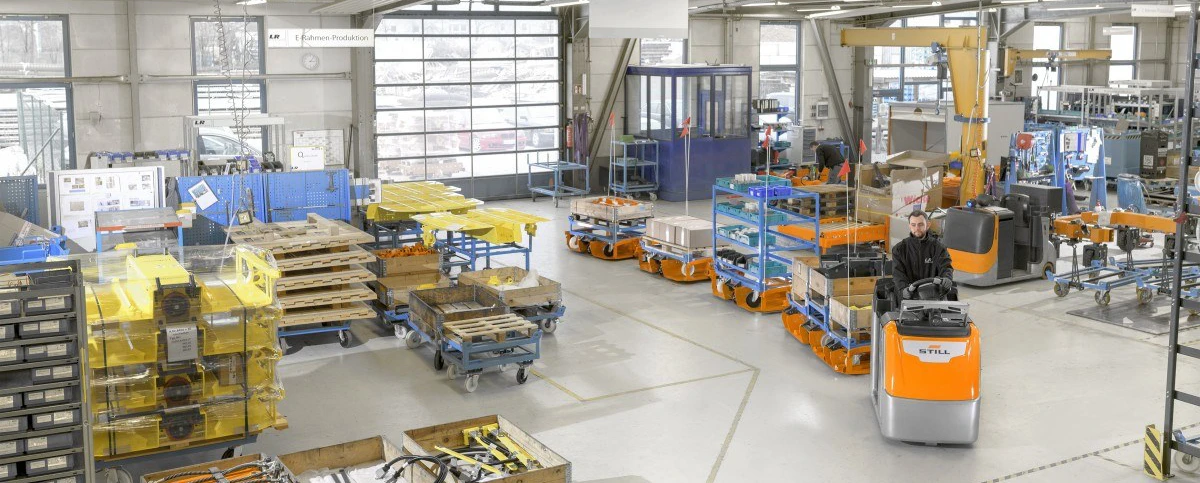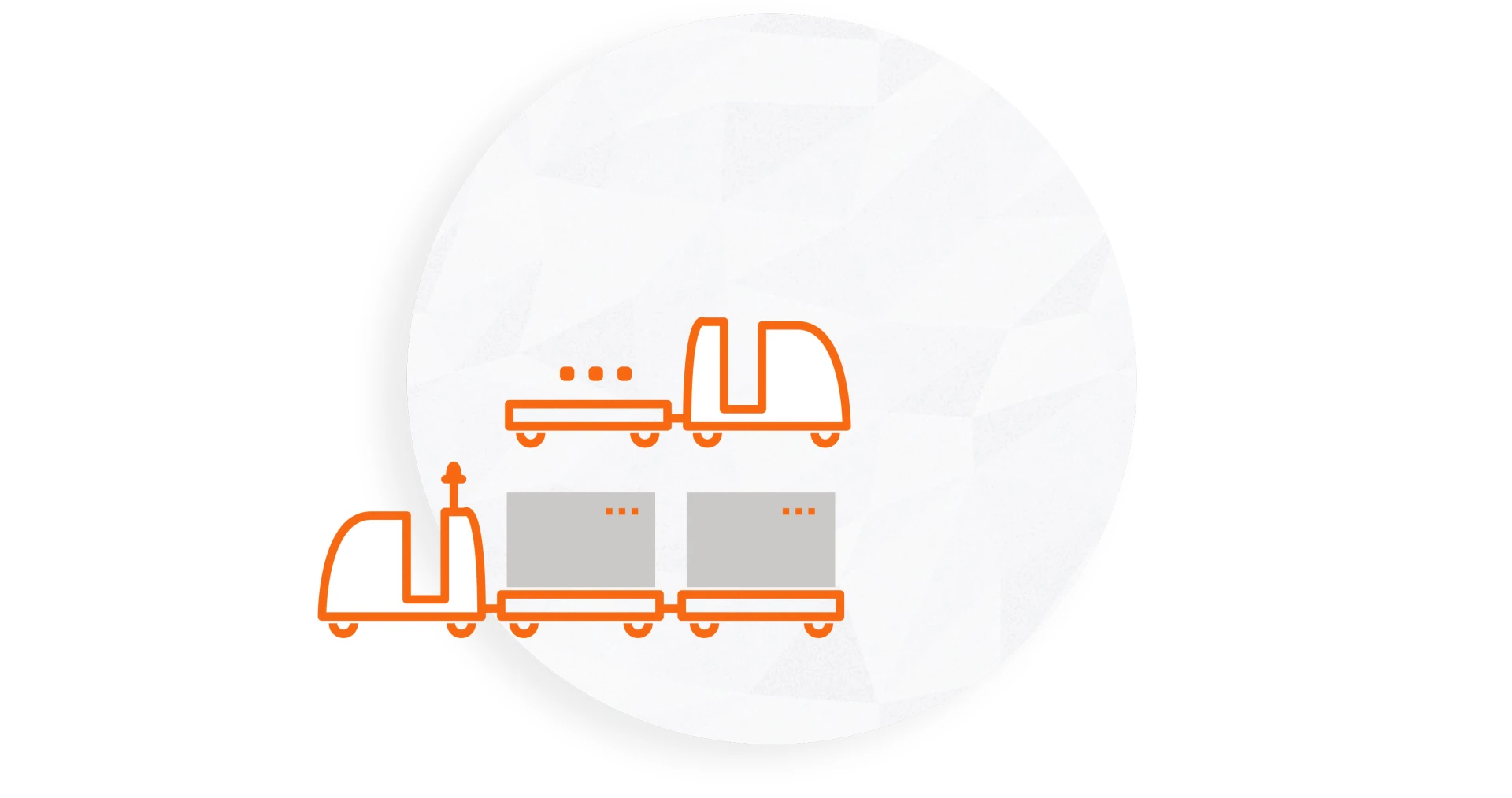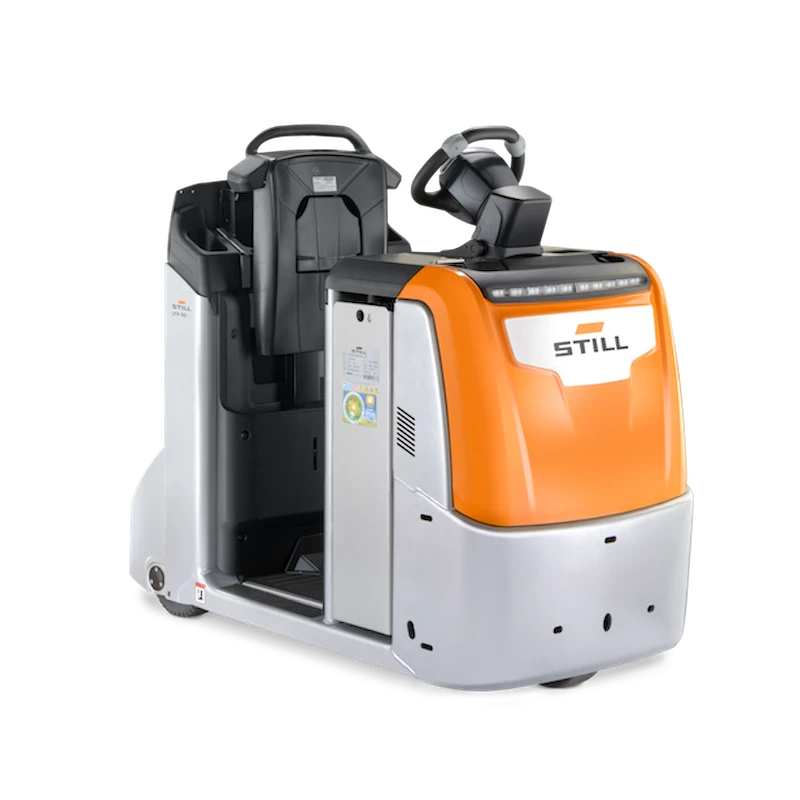
Automatically unemployed?
On the field of tension between automation and personnel in intralogistics
Whenever automation is discussed, the first thought is often “Automation destroys jobs!”. Automation aims to systematically optimise processes and so undeniably affects employees. However, the effects should be considered from a balanced perspective, rather than just a negative one.
Key aspects in the conflict between automation and human resources are: value-adding deployment of employees, ergonomic workplaces, reduced workload of employees as well as offsetting the skills and employee shortage*. In actual fact, demographic change and urban migration play a huge role in the availability of workers.

Intralogistics is confronted with a permanent skills shortage. Whether drivers or warehouse staff – there is an urgent demand for human resources. One reason for this is the often high cost and time pressure, which has an impact on wages and working hours.
Specialists are a company’s most important resource. The focus of automation is not to reduce staff, but rather to achieve more efficient use of existing resources which adds value.
As a result, it does not replace employees, but rather moves them to tasks that require creativity and expertise. Ideally, employees benefit from the further development within the company, as new areas of responsibility are created, such as for the section of a production line. These include, for instance, section managers, who are responsible for all the logistical activities in a production section. New occupations are also possible, such as the combination of logistics expert and mechatronics engineer. The topic of digitalisation also plays an important role and creates potential work environments that are of particular interest to young job-seekers.
Requirements analysis
Our offer for the joint preparation of the concept and requirements specification
We answer the following question together with you: What potential for automation can be uncovered in your warehouse and production logistics – and what does your automation system ultimately have to achieve?
Result: an individual requirements specification based on your needs, which you can use for your invitation to tender. The requirements specification is the technical basis for your automation concept.

Both the shortage of staff as well as the rising average age of employees in intralogistics means that companies are having to invest in more ergonomic working conditions. The primary aim is to reduce physical strain. In general, this initially affects the use of modern warehouse technology with regard to operation and comfort, but in the long term it also affects the processes themselves. These capital expenditures have a positive impact on employee satisfaction, absence due to illness, the quality of work and recruitment.
The success of an automation project depends on the acceptance by employees. They will only support the automation if their jobs are not threatened. For the company, this means involving employees at an early stage to break down fears and reservations. If employees can see the added value for themselves and the company, they will ultimately see this technology as a way to make work easier and will support the change.
We use our expertise to help you analyse your processes and identify automation potentials in order to set your company up for the future.
Following your request, we would be pleased to send you a free download of our white paper as an introduction to automated tugger trains.







